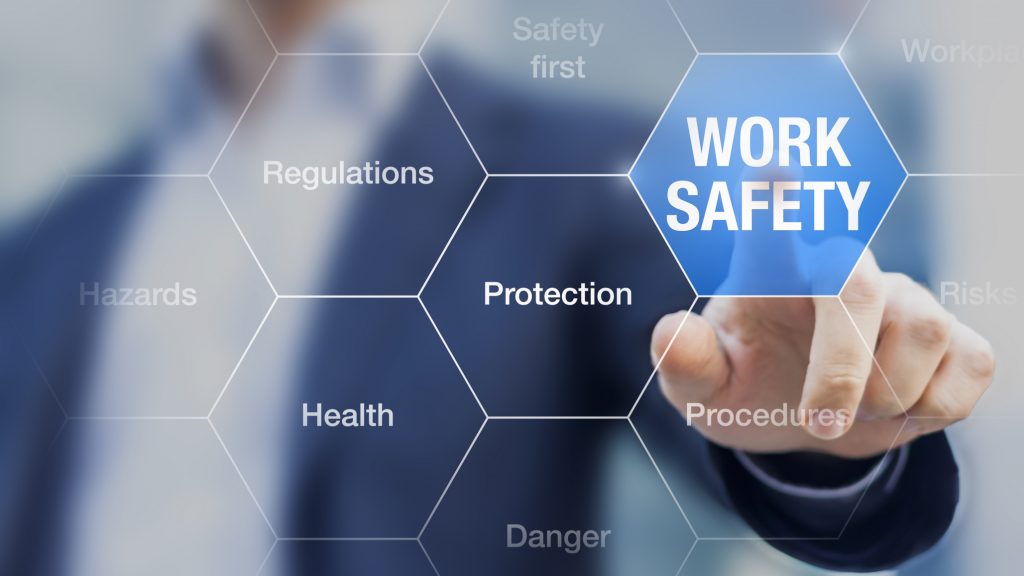
Written by Kristopher Anderson, Operations Manager, Occupational Health & Safety at Pinchin Ltd.
I was taking a look back on the year of occupational health and safety consulting projects I was involved in and thinking of some of the cooler things that we have been able to work on (things that didn’t involve COVID for a change). I noticed that this year had an uptick in the number of projects which we were able to get involved in that needed real-time feedback on exposure levels. These situations involved constantly changing exposure conditions which were unpredictable based on the site conditions and processes. In situations such as this, where airborne exposures are changing by the minute and waiting on analytical data from laboratories is not an option, ensuring there are options available which can give real-time feedback to ensure worker safety is a necessity. By knowing the instrumentation and more importantly the limitations of that instrumentation, we were successful in building operating procedures and decision matrixes which involved the use of multiple forms of direct reading instruments in order to achieve end goals; methods which were ultimately approved to meet various regulatory body requirements.
Direct reading instruments for various chemical agents are becoming increasingly available and new developments in sensor technology is rapidly making their use more prevalent in occupational health and safety. As this technology continues to develop for more and more agents, foundational ideas around the limits of their use and proper use to ensure you are getting good data will be crucial to their successful implementation. These technologies help us in ensuring worker safety quicker than ever before as they eliminate the wait times on traditional analytical results. However, it is very important to recognize the limitations of these instruments and understand their functionality. Items such as correction factors, interferences, accuracy of the method, resolution limits, whether the unit is intrinsically safe, do I need to add in margins for safety (and the list goes on) are all crucial items to consider when determine what instrument will be used and how it will be used.

If you are using direct reading instruments in an occupational health and safety context and looking for a great resource to ensure you have thought through some of the necessary question, I would encourage you to go to the AIHA website and look at the Competency Framework: Field Use of Direct Reading Instruments for Detection of Gases and Vapors. It’s a free resource that may be helpful.
Of course, if ever you find yourself dealing with a situation in which direct reading instruments are needed to examine health and safety of workers or the public, myself and our team would be happy to get involved as well.